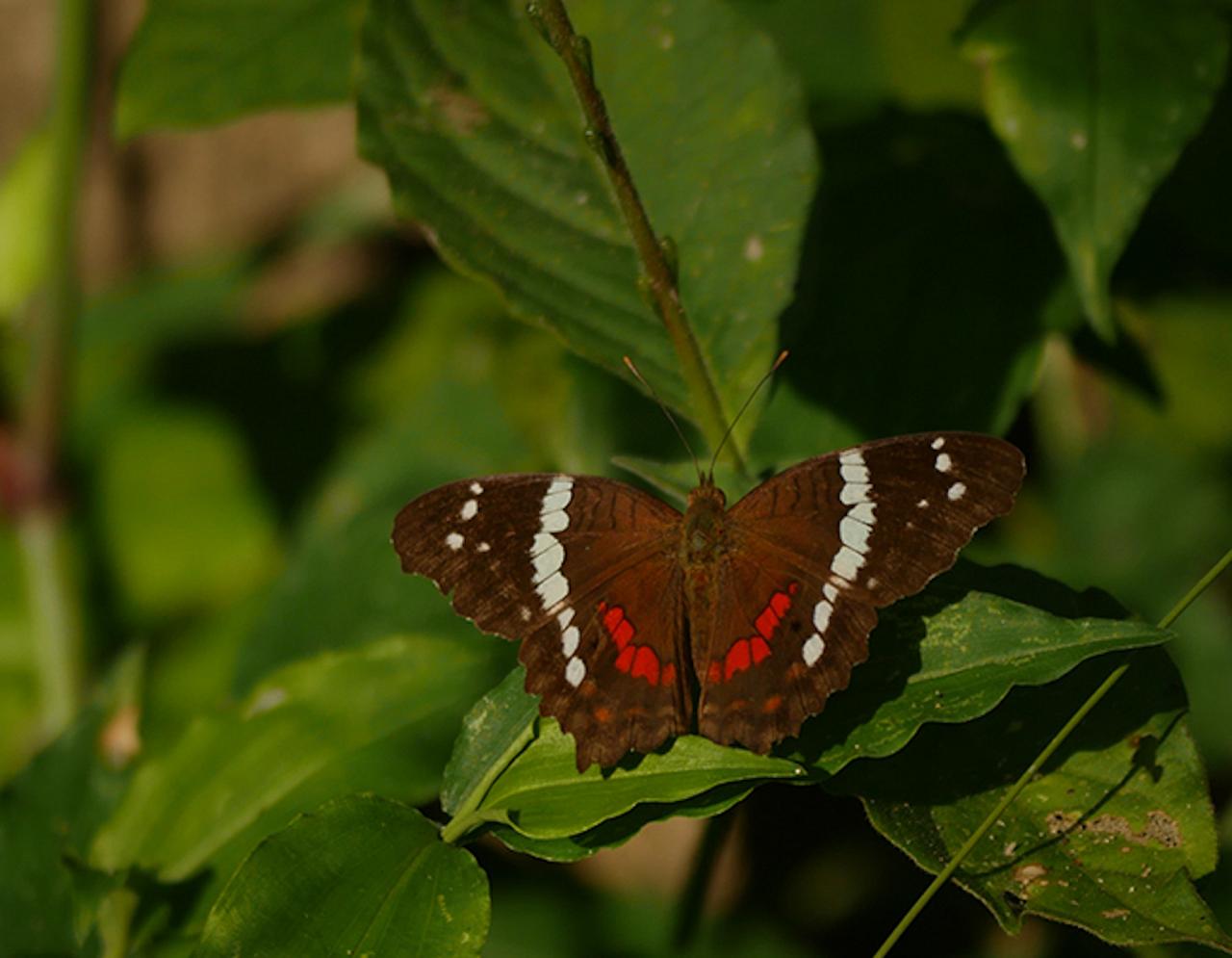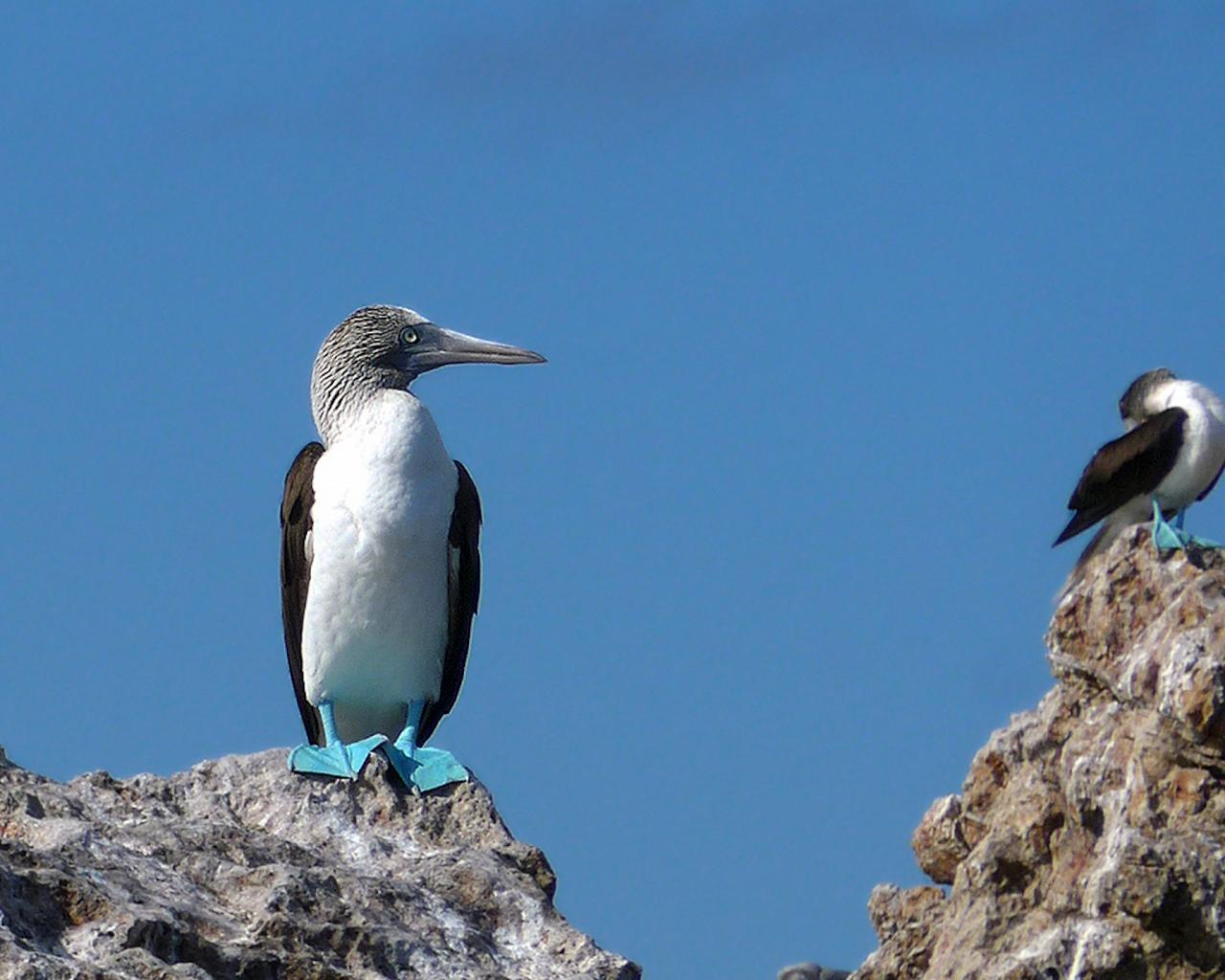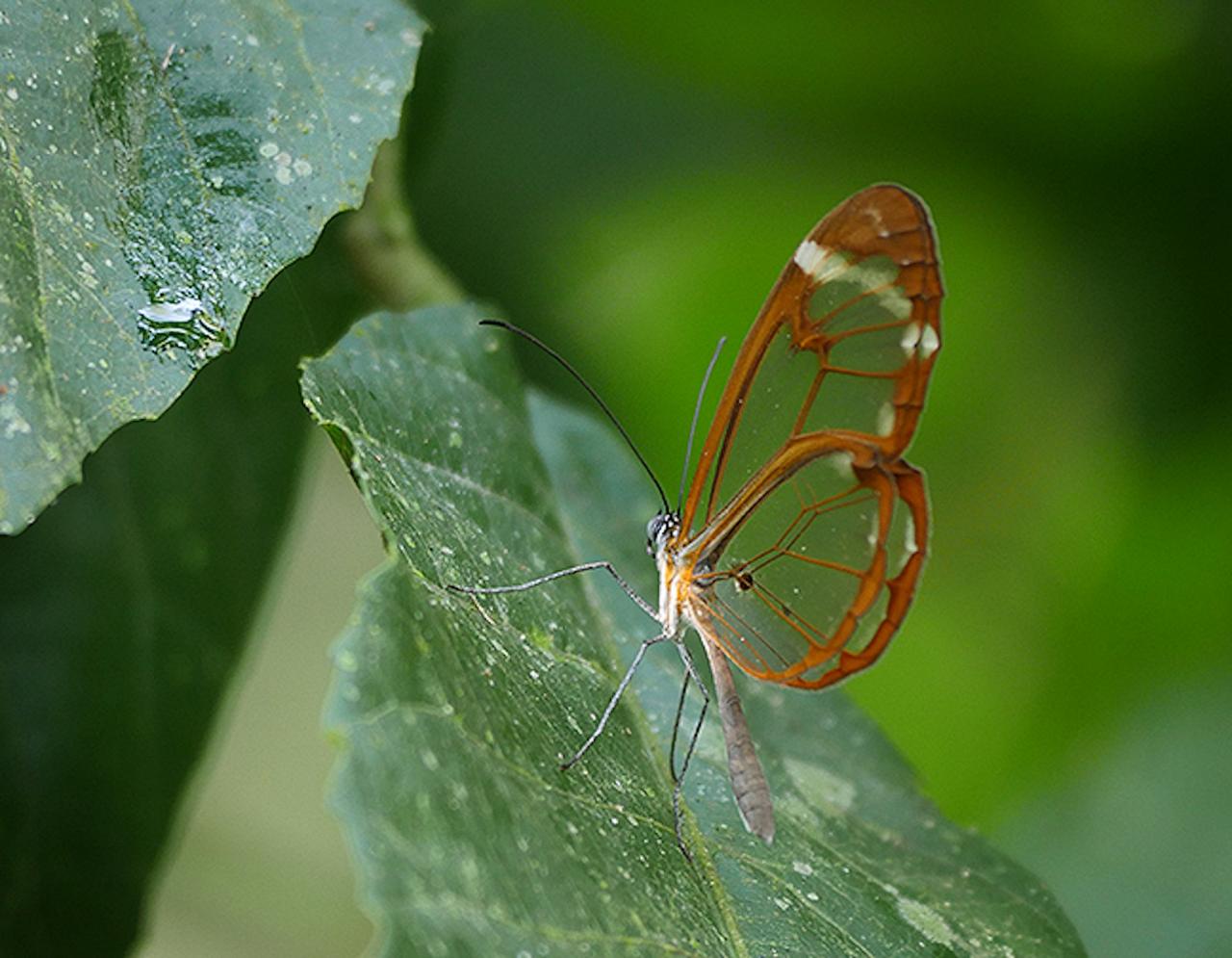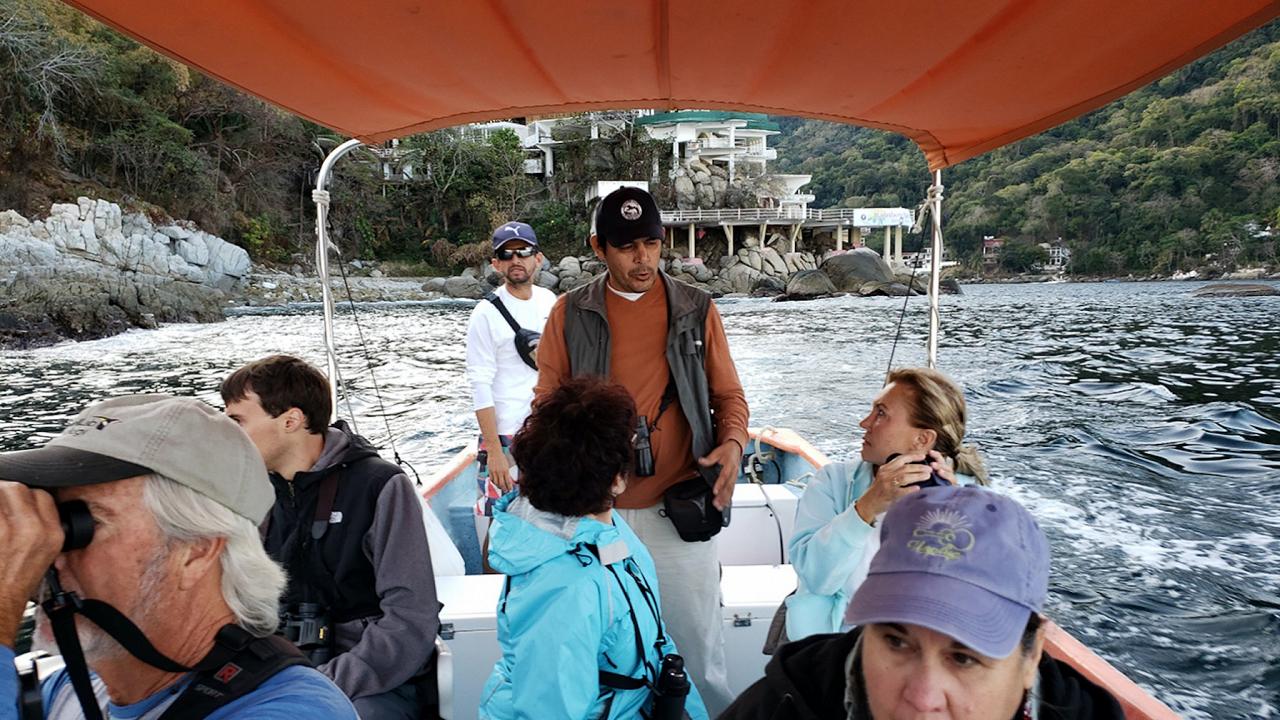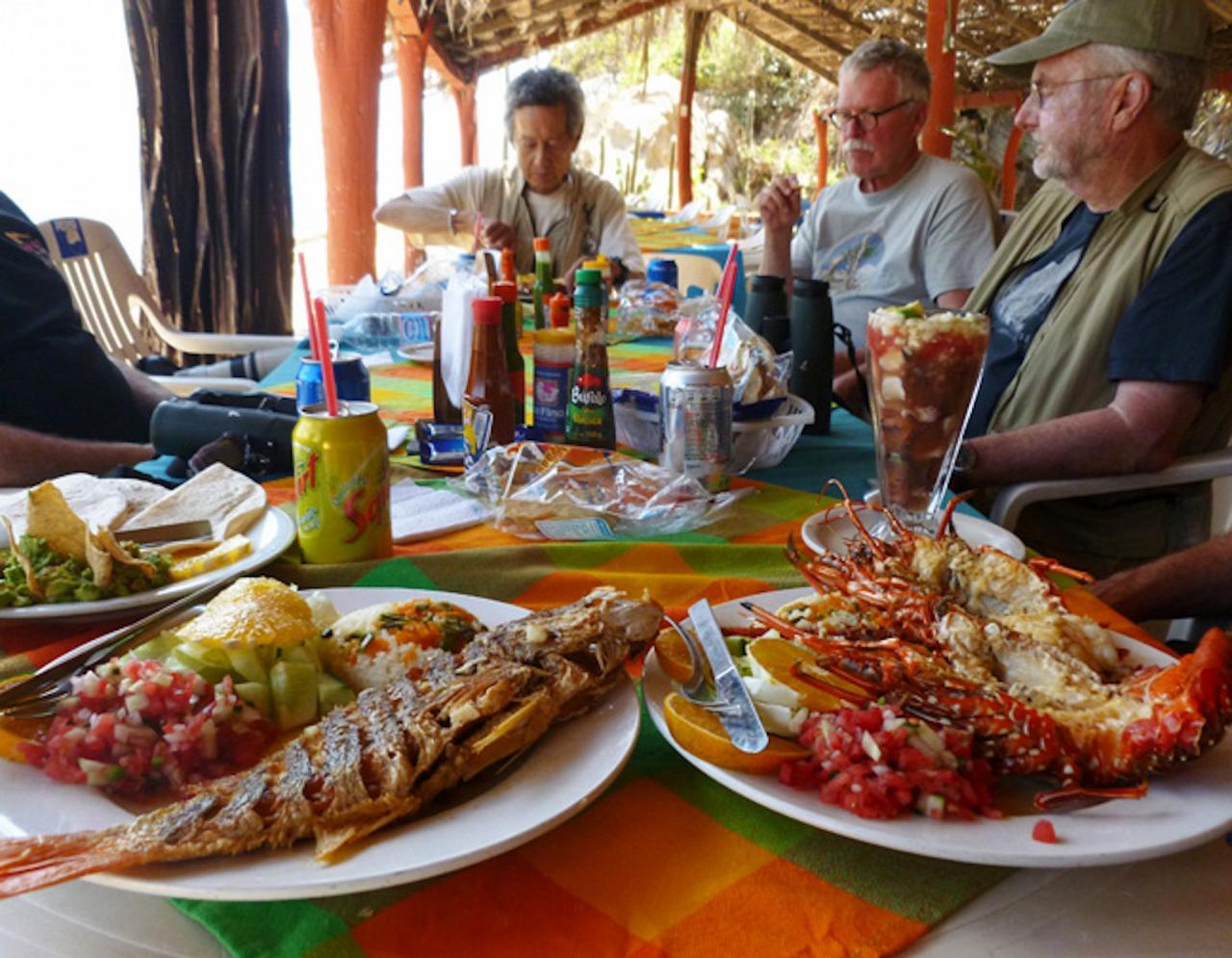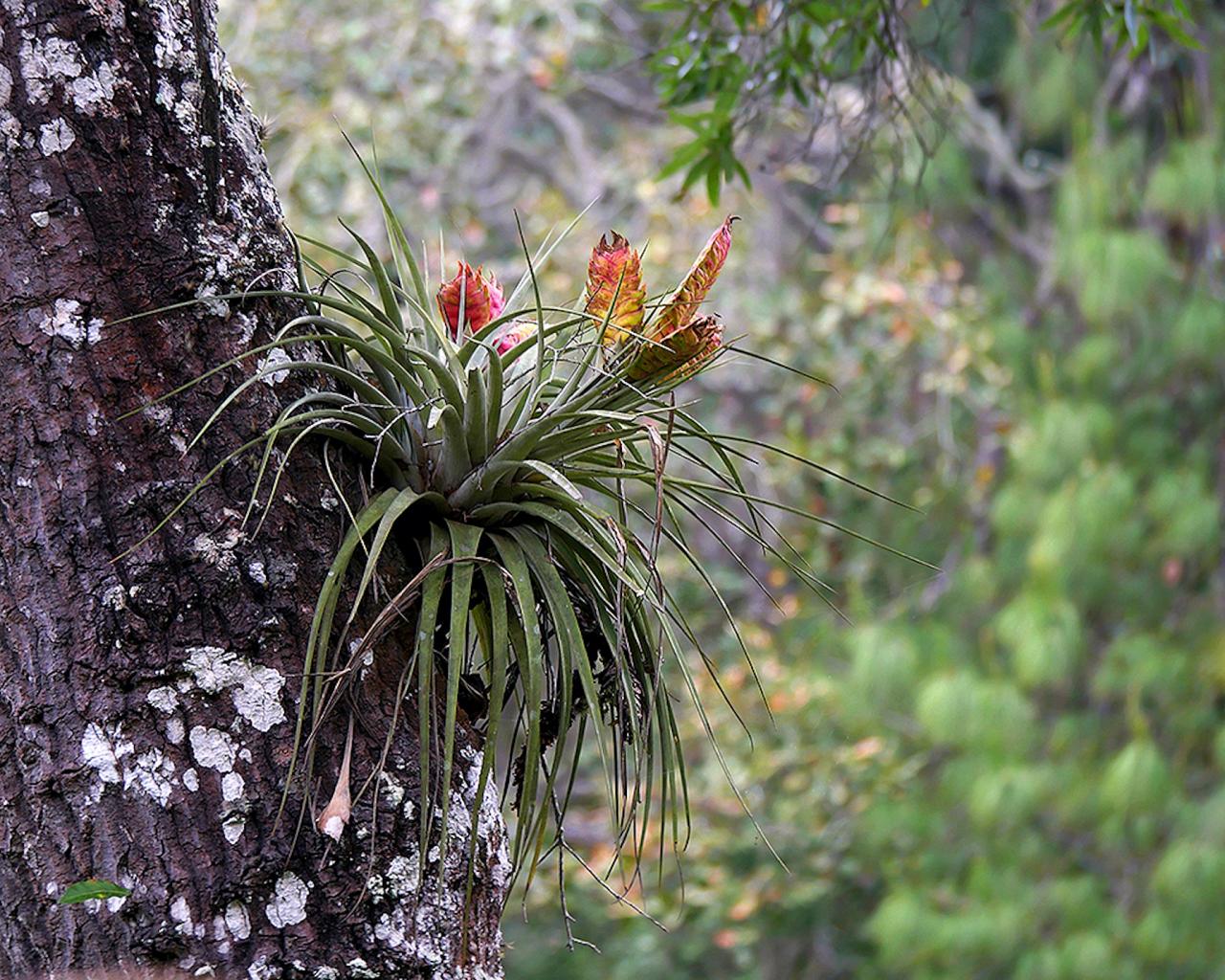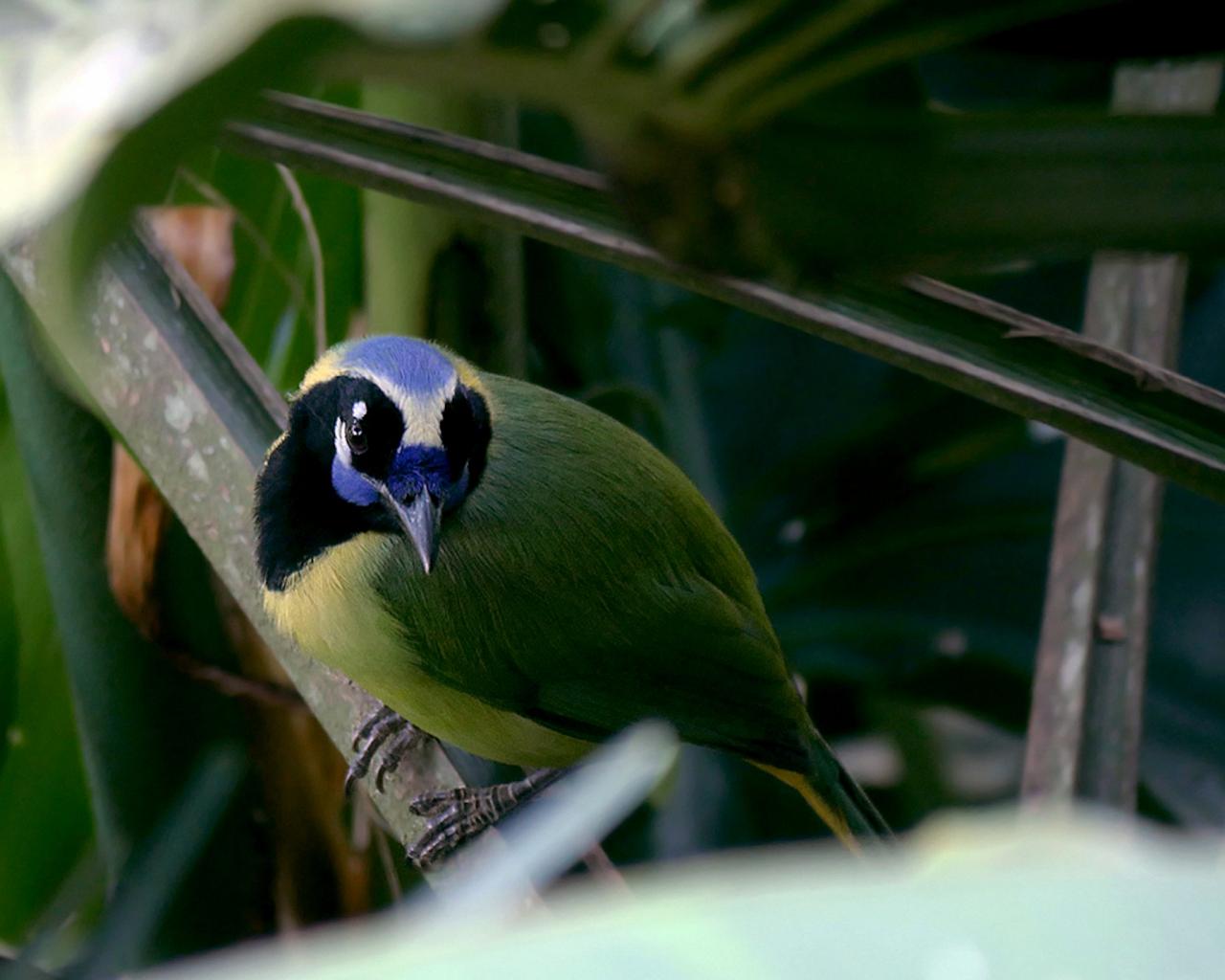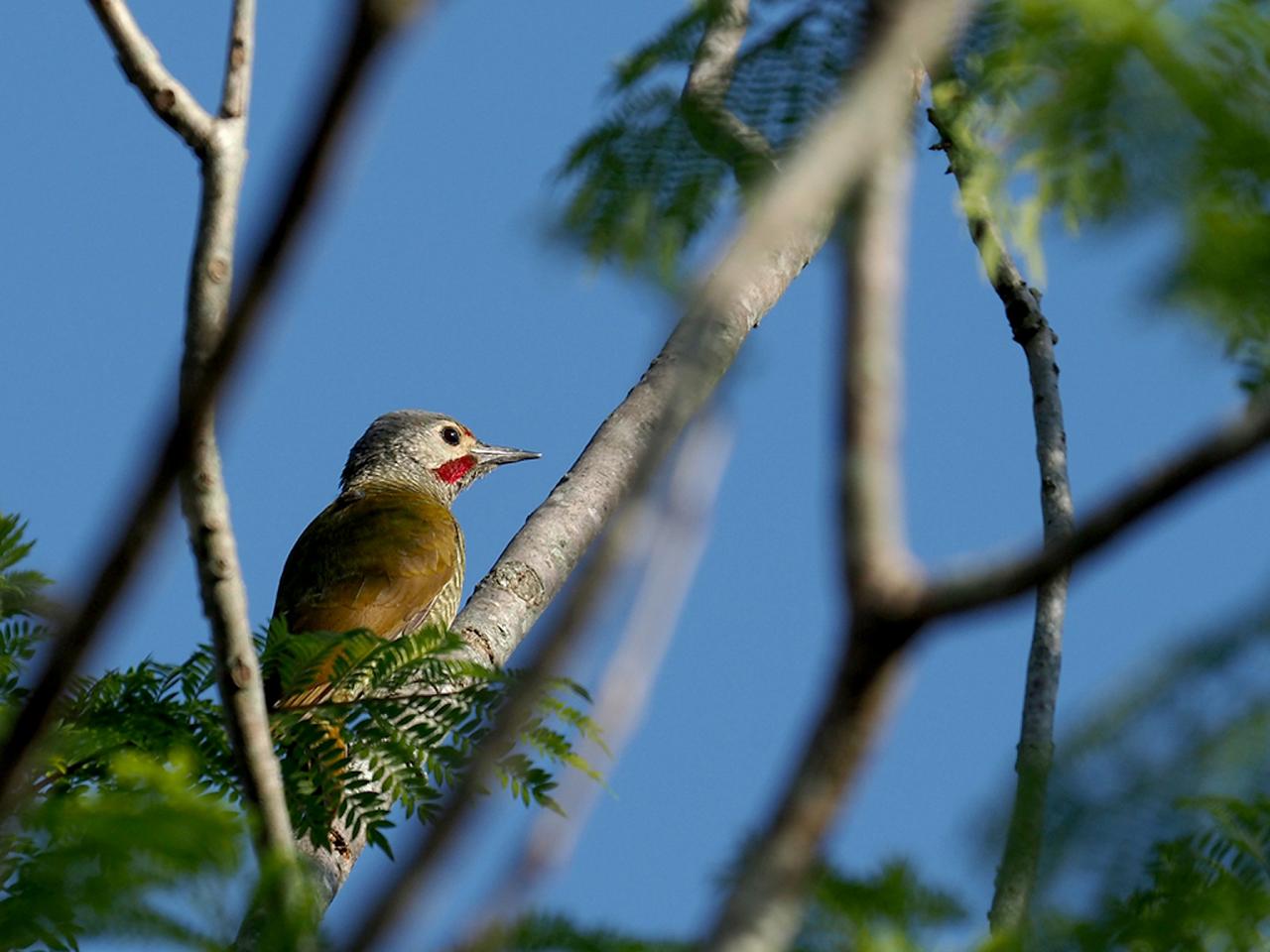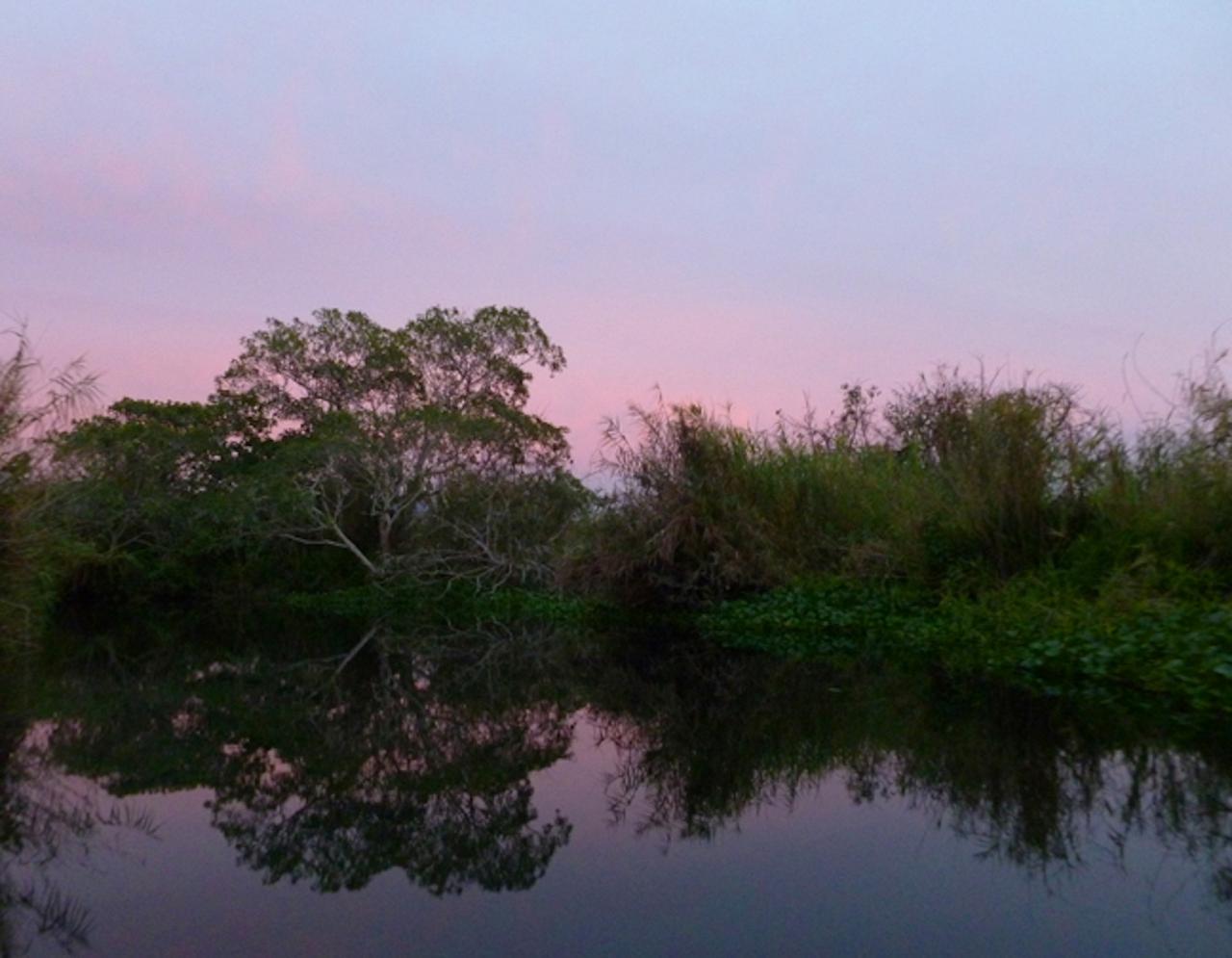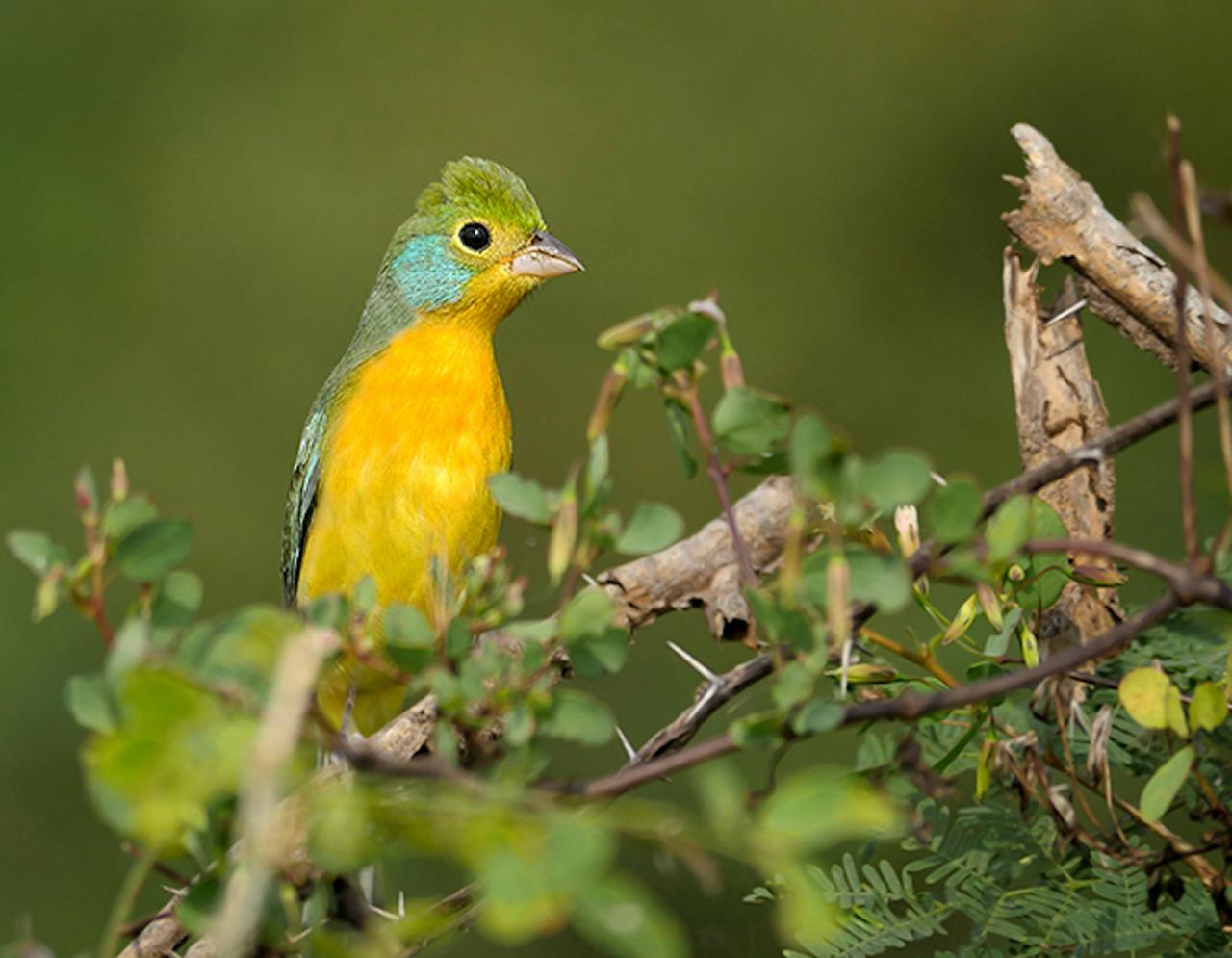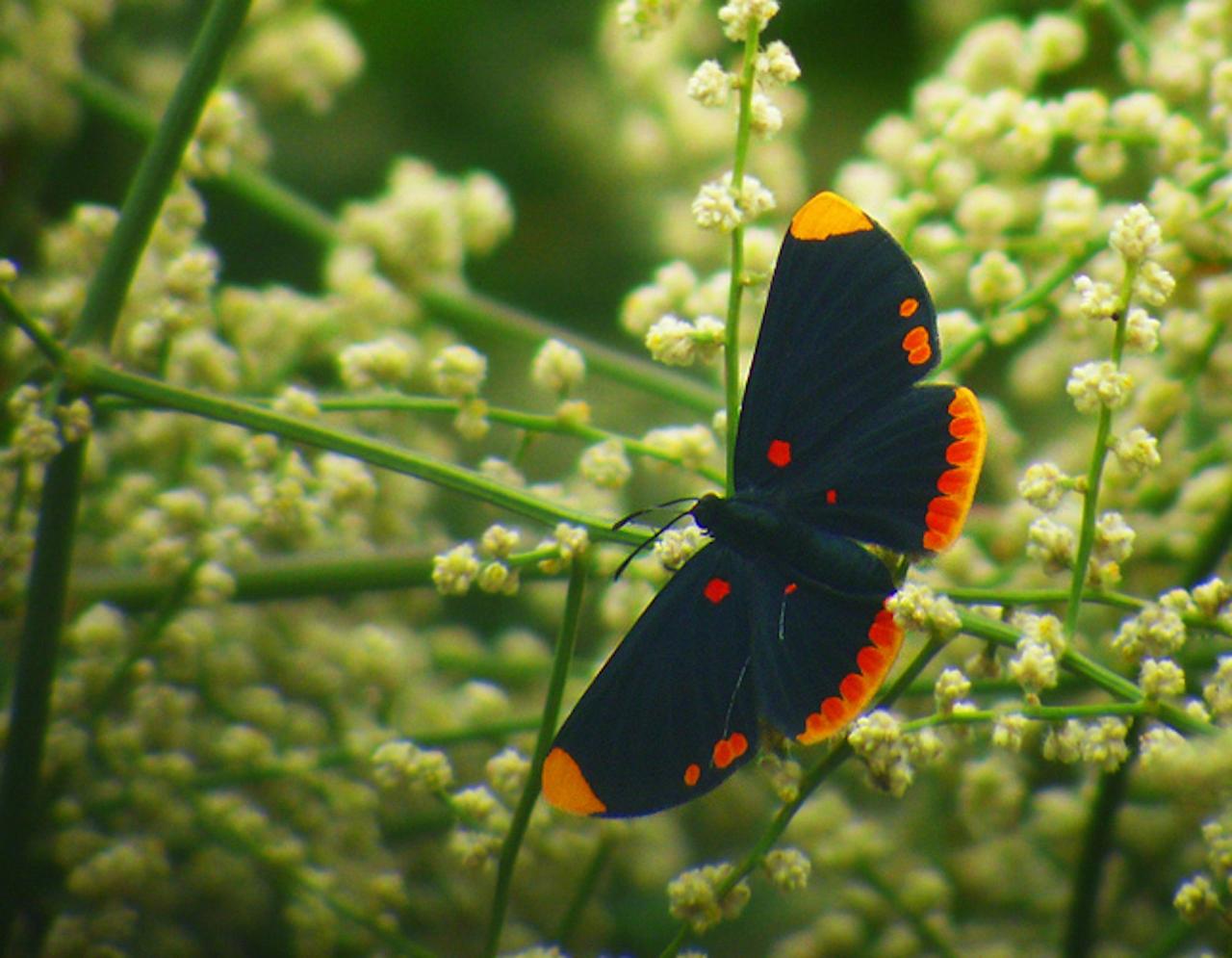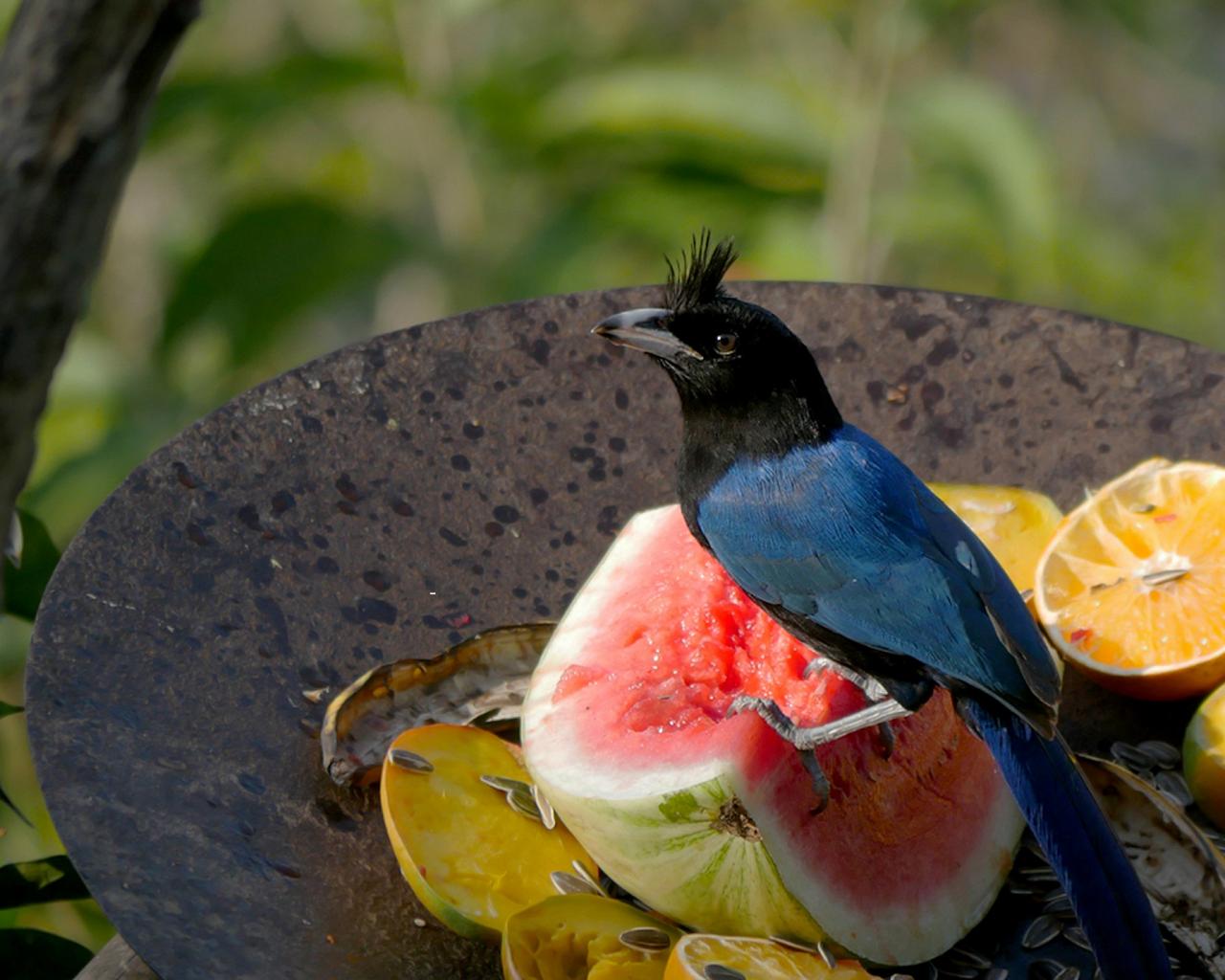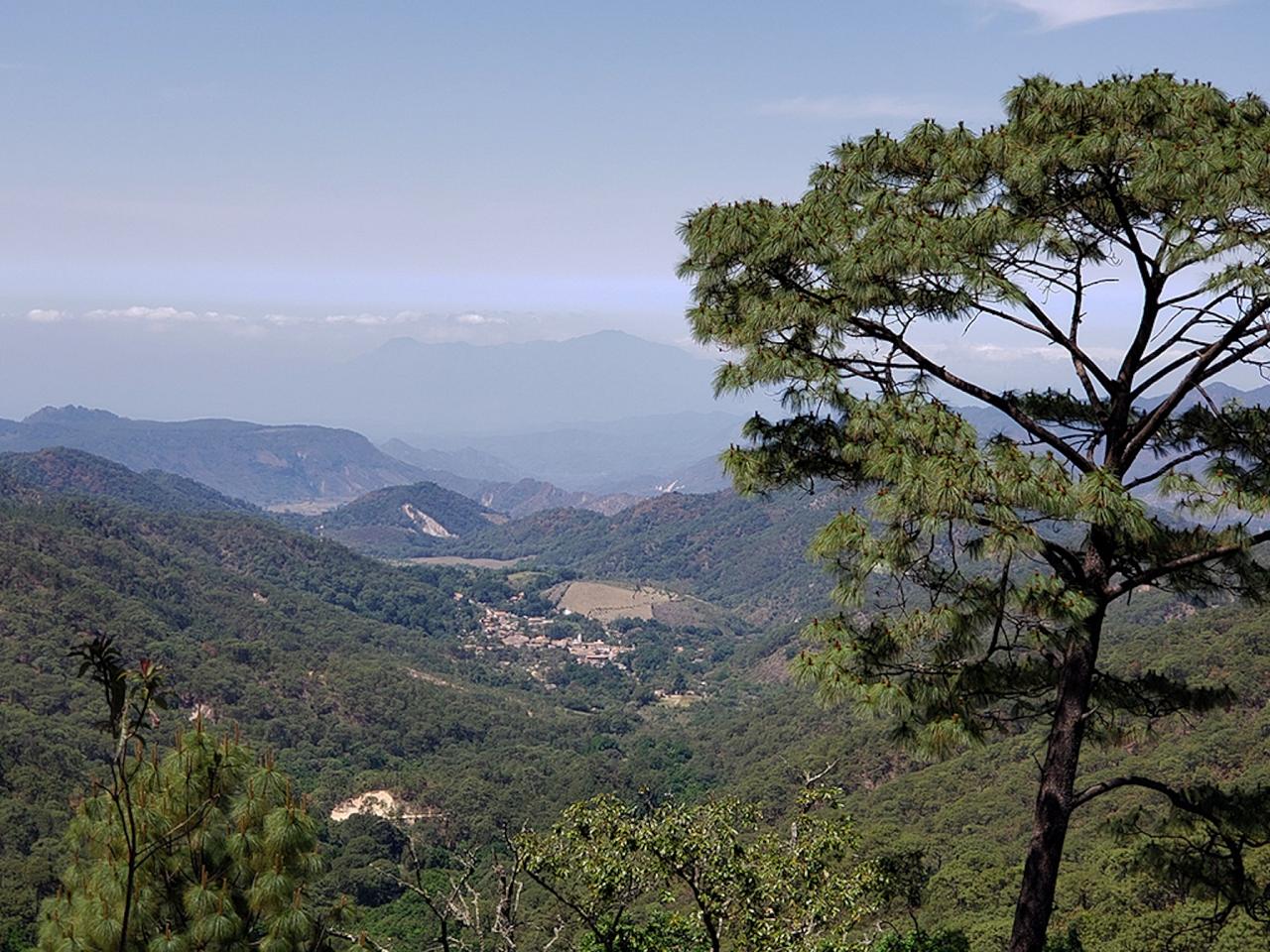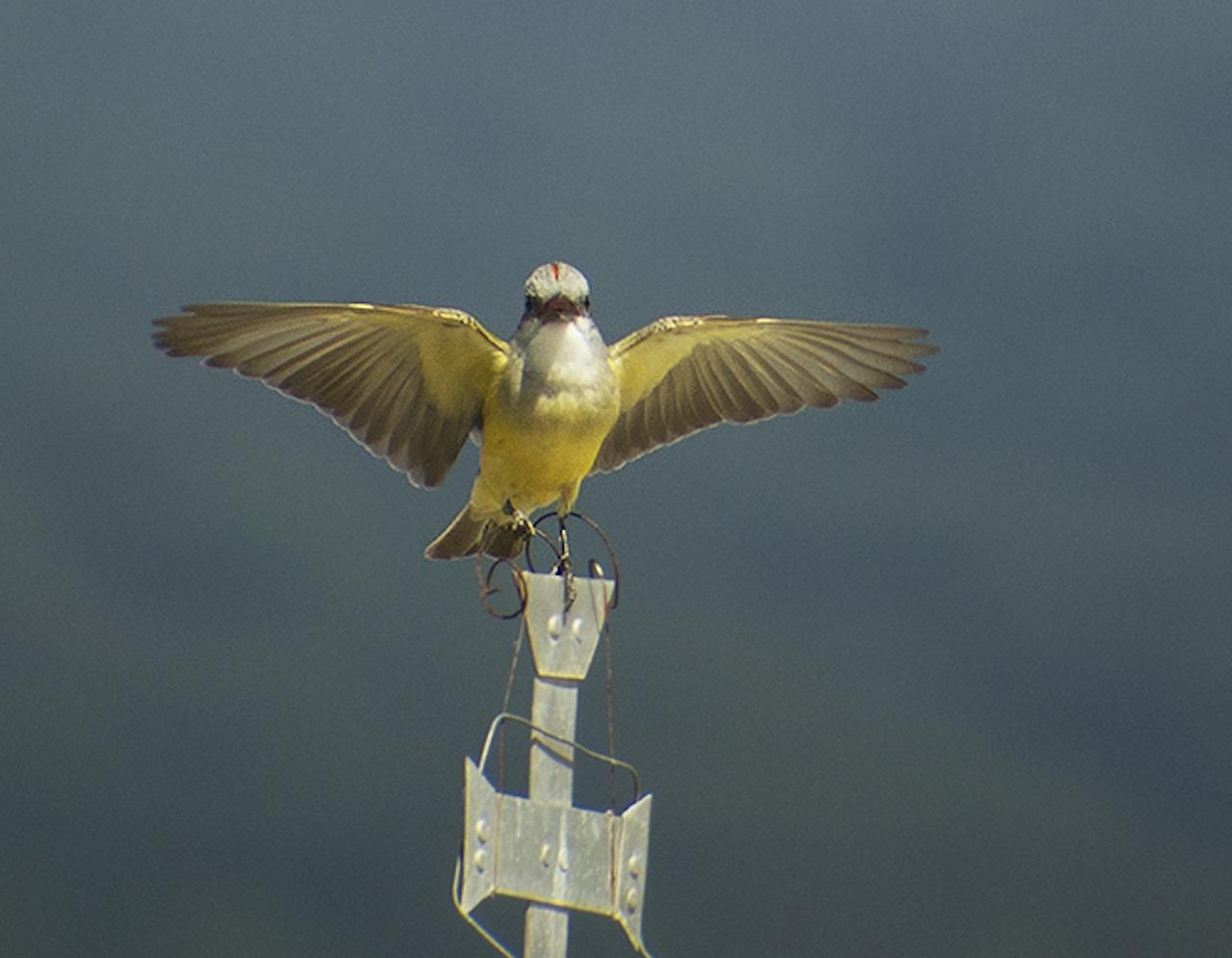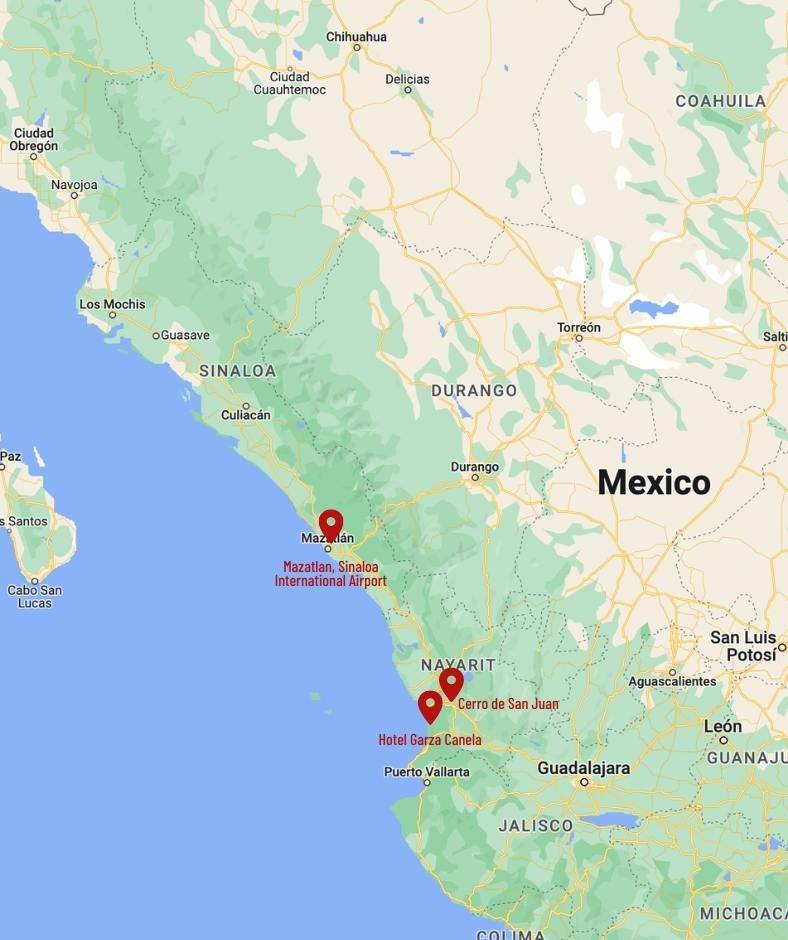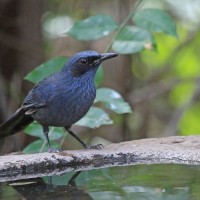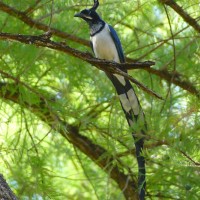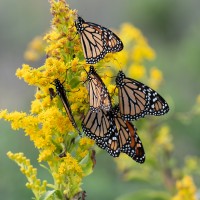- Overview
- Full Itinerary
- Photo Gallery
- Costing
- Travel Details
- Trip Reports
- Guide
- Map
- Know Before You Go
- Other Trips You May Like
Join Naturalist Journeys for an exciting Mexico birding tour. We begin and end our journey in Mazatlan, and spend time working our way from low to high elevations, exploring large estuaries, extensive mudflats, dry tropical deciduous forests, gallery oak forests, and coniferous forests at the highest elevations.
We work our way up along the famed Durango Highway to the town of Copala. The extreme elevation changes found along the highway, coupled with significant rainfall amounts, rugged topography, and diverse habitats offer the potential to see upwards of 20 Mexican endemics, including the incredibly showy and very regional endemic Tufted Jay.
Then it’s back down again to the coast to San Blas, long recognized for its plethora of bird diversity, where we spend lovely days with short driving distances looking for tropical birds at the top of their range and neotropical migrants enjoying the warm weather. We also enjoy siestas most days on the coast.
This is a fun, birdy, and exciting Mexican birding tour that has the potential to see nearly 300 species of birds! We hope you’ll join us.
In 2024, the Durango Highway area plays center stage to a phenomenal solar event: a Total Solar Eclipse. This is a very big deal! Whether you can see a total solar eclipse depends on where you are in the world. This Naturalist Journeys group has the privilege of being at the exact right place at the exact right time.
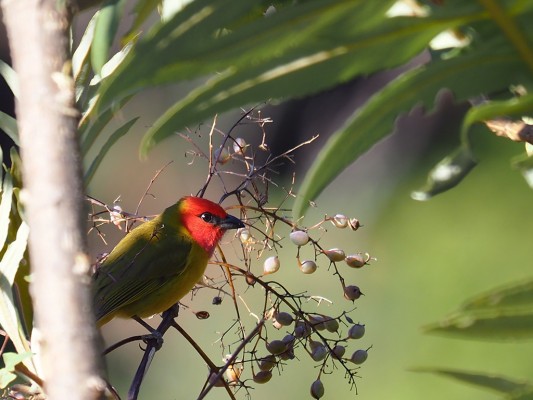
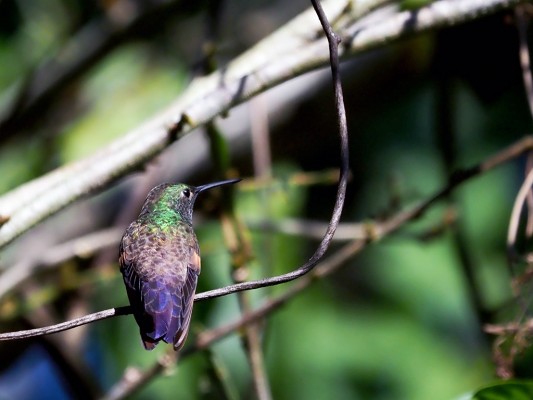

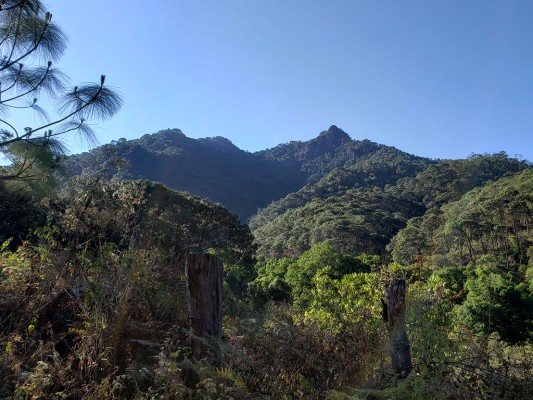
Tour Highlights
- Stay at three lovely, locally owned hotels, and indulge on fresh seafood and traditional Mexican gourmet meals
- Explore in a region that is home to more than 25 percent of Mexico’s species list, including more than a third of the country’s endemics
- See an incredible total solar eclipse!
- Look for Eared Quetzal, Green-striped Brush-finch, Red-headed Tanager, and Golden-browed and Red Warblers in the highlands along the Durango Highway
- Bird the tropical deciduous forests in the foothill region of Concordia and Copala, one of the richest plant communities on Earth
- Search for Collared Forest-Falcon, Lilac-crowned Parrot, Colima Pygmy-Owl, Fan-tailed Warbler, and Blue Mockingbird as we explore from San Blas
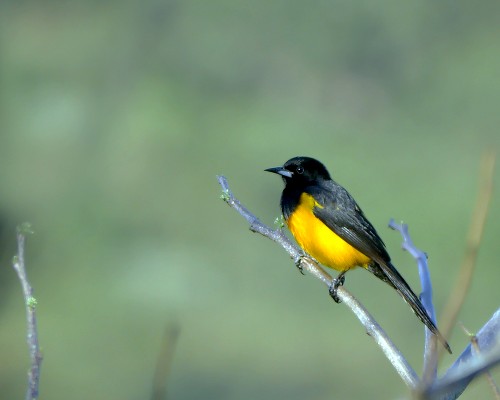
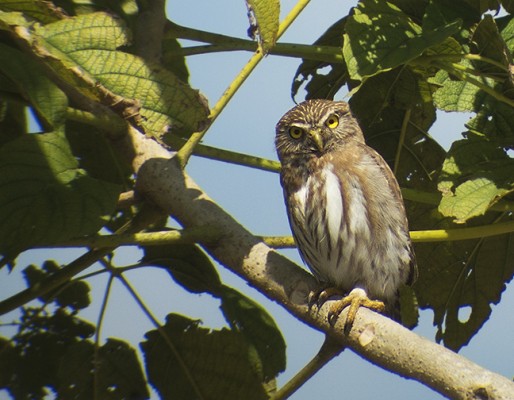
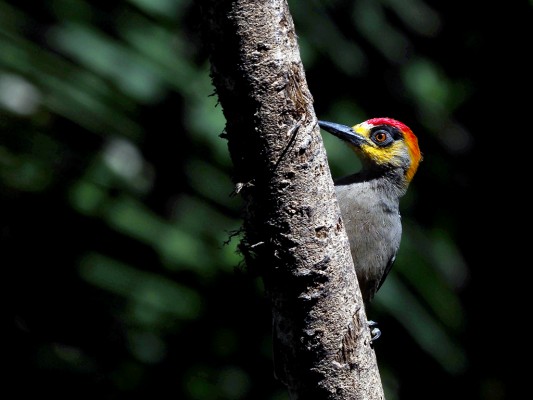

Trip Itinerary
Itineraries are guidelines; variations in itinerary may occur to account for weather, road conditions, closures, etc. and to maximize your experience.
Fri., Apr. 5 : Arrivals in Mazatlan
Welcome to Mexico! Please plan to arrive before 5:00 PM at Mazatlan International Airport (MZT) and transfer to the hotel by taxi or Uber. We enjoy a nice dinner as a group and settle in to our small, boutique hotel in the historic city center of Mazatlan.
Accommodations in Mazatlan (D)
Sat., Apr. 6 : West Mexican Endemics | Up the Durango Highway
We have an early breakfast at the hotel before heading off for birding areas to the north of Mazatlan, about a 45 minute drive from the hotel. This morning we are primarily looking for some of the West Mexican endemics, such as Black-capped Gnatcatcher, Mexican Parrotlet, Citroline Trogon, Flammulated Flycatcher, Sinaloa Crow, Yellow-winged Cacique, Rufous-bellied Chachalaca, Elegant Quail, Black-throated Magpie-Jay, Purplish-backed Jay, Red-breasted Chat, Fan-tailed Warbler, Blue Mockingbird, and Orange-billed Nightingale Thrush.
After lunch, we make our way up the Durango Highway to the sleepy historic mining town of Copala. Although this little town is a major stop for the tour buses herding cruise ship folks up from Mazatlan during the day, at night it is nearly abandoned except for local kids kicking soccer balls in the street. Our hotel for the next three nights is a simple and clean establishment that is the best option in the area and a place we’ve stayed for years. What it lacks in amenities and style, it more than makes up for with its wonderful staff and proximity to good birding!
Accommodations at Daniel’s or similar (B,L,D)
Sun., Apr. 7 : Barranca del Liebre
This morning we have a 90 minute drive to our birding spot so we kick off the day quite early. We plan to cover the high elevations of an area known as the “Barranca del Liebre” (the Canyon of the Jack Rabbit … don’t ask us why, the closest Jack Rabbit is 50 miles away!). This is one of the only readily accessible locations to find the amazingly beautiful and highly endemic Tufted Jay. Although the jay is certainly our goal, this area is a wonderful place to find a large number of Mexico’s endemic high elevation dwellers. We have a good chance to see all of the following species: Bumblebee Hummingbird, Green-striped and Rufous-capped Brush-finches, Golden-browed Warbler, Red Warbler, White-napped Swift, White-striped Woodcreeper, Mountain Trogon, Rusty Sparrow, Rusty-crowned Ground-Sparrow, and Eared Quetzal to name a few.
Today requires a fair bit of walking at high elevation, so be prepared to take it slow and steady! It can also be a bit chilly at this elevation, particularly in the morning. Lunch is a picnic at the top of the canyon, and dinner tonight is back at the hotel.
Accommodations at Daniel’s or similar (B,L,D)
Mon., Apr. 8 : Panuco Road Birding | Total Eclipse | San Blas Nayarit
After breakfast we drive about 10 minutes to the Panuco Road and spend the morning birding at the mid-elevation habitat. This is a great morning to get a look at fantastic birds like Colima Pygmy-Owl, Yellow-winged Cacique, Golden-cheeked, Lineated and Pale-billed Woodpeckers, Golden-crowned Emerald, Military Macaw, Yellow Grosbeak, Blue Bunting, Orange-fronted Parakeet, and Russet-crowned Motmot. The walking this morning is on a maintained and utilized dirt road, so we need to be aware of traffic but it is not typically heavy.
We are sure to position ourselves properly to witness the eclipse this afternoon. We are at the exact right place at the exact right time to view the 2024 Total Solar Eclipse. Totality near Mazatlan begins at 12:07 PM! We then have lunch back at Daniel’s before packing up and heading off for the lowlands and San Blas Nayarit, four hours to the south. Our home for the next four nights is a wonderful family-owned and operated hotel and one of the most birder friendly hotels in the world!
Accommodations at Hotel Garza Canela or similar (B,L,D)
Tues., Apr. 9 : Birding San Blas
This morning, the close proximity to great birding outside the ejido village of Singayta allows a few more
minutes of sleep before breakfast. As is the case on all but one of our days in San Blas, we head back to the hotel for lunch and a siesta, which gives us a break from the tropical sun before going out for afternoon birding.
Some of today’s birds include Laughing Falcon, Collared Forest-Falcon, Great and Common Black Hawks, Short-tailed Hawk, Mexican Parrotlet, Lilac-crowned Parrot, Long-tailed (Mexican) Hermit, Berylline Hummingbird, San Blas Jay, Blue Mockingbird, Golden Vireo, White-collared (Cinnamon-rumped) Seedeater, Black-vented Oriole, Fan-tailed Warbler, and Rosy Thrush-Tanager. We enjoy dinner tonight in San Blas.
Accommodations at Hotel Garza Canela or similar (B,L,D)
Wed., Apr. 10 : La Bajada Birding | Mangrove Boat Trip
Morning birding today is a short drive from San Blas above the town of La Bajada, in a coffee growing area about 35 minutes from San Blas. This morning requires a fair bit of walking on a cobblestone road, but the distances are not great. The area is very well shaded, but it can get warm by the time we call it a morning.
Some possibilities this morning are San Blas Jay, Purplish-backed Jay, Sparkling-tailed Hummingbird, Mexican Woodnymph, Gray-crowned Woodpecker, Brown-backed Solitaire, Red-breasted Chat, Rosy Thrush-Tanager, and Scrub Euphonia.
After lunch and a short siesta, we head out to La Tovara for a mangrove boat trip that we take in the evening in an attempt to pick up some owls, among other things. A wonderful trip! Some very good bird possibilities are Rufous-necked Wood-Rail, Boat-billed Heron, Pauraque, Lesser Nighthawk, Buff-collared Nightjar, Mottled Owl, Vermiculated Screech Owl, and Northern Potoo! There are also good chances to see American Crocodile and Greater Fishing Bat! We have dinner a bit later tonight, but we pre-order at lunch so the service is speedy.
Accommodations at Hotel Garza Canela or similar (B,L,D)
Thurs., Apr. 11 : Cerro de San Juan
Today we head up to the mountains above San Blas to Cerro de San Juan, a one-hour drive from San Blas. Here we hope to find a large assortment of pine-oak birds, and experience a much cooler climate. We are out most of the day and bring a picnic lunch with us. Our favorite birds today include San Blas Jay, Calliope and Bumblebee Hummingbirds, Sparkling-tailed Hummingbird, Mexican Woodnymph, White-striped and Olivaceous Woodcreepers, Gray-crowned Woodpecker, Gray-collared Becard, Spotted Wren, Russet Nightingale-Thrush, Crescent-chested, Red-faced, Rufous-capped, and Golden-crowned Warblers, Flame-colored and Red-headed Tanagers, Brown-backed Solitaire, Gray-silky Flycatcher, and Lesser Roadrunner.
Accommodations at Hotel Garza Canela or similar (B,L,D)
Fri., Apr. 12 : Boat Trip on the San Cristobal River | Guide’s Choice
Our morning birding finds us back in the boats, this time on the San Cristobal river, rewarding us with incredible numbers of shore and water birds. Least, Pied-billed, and Eared Grebes, Bare-throated Tiger-Heron, 16 species of waders, 14 species of ducks, huge numbers of raptors, and a huge array of sandpipers and other water birds, Willow and White-throated Flycatchers, Mangrove Cuckoo, and massive mobs of wintering warblers from both sides of the continent. Truly a bird-o-rama! We head back to the hotel for our last lunch before driving back to Mazatlan in the afternoon. Tonight we enjoy a fun, final meal together celebrating our trip, going over the final bird list, and saying goodbye to new friends!
Accommodations at Raices del Mar or similar (B,L,D)
Sat., Apr. 13 : Departures
Please plan departures at leisure today, with an easy taxi or Uber back to the airport. Adios! (B)
Cost of the Journey
Cost of the tour: $4590 DBL / $5190 SGL, based on double occupancy from Mazatlan. The cost includes 8 nights’ accommodation, meals as noted in the itinerary, ground transportation, professional guide services, park and other entrance fees, and miscellaneous program expenses. The cost does not included airfare to and from Mazatlan, airport transfer, personal expenses such as laundry, telephone, drinks from the bar, and gratuities for luggage handling or other services. Guide gratuities are at your discretion.
Travel Details
Please plan to make air travel plans only after the minimum group size has been met. We will send you a confirmation email as soon as the trip has been confirmed.
Arrival and Departure Airport: Mazatlán International Airport (MZT)
Arrival Details: Please plan flights to arrive April 5, 2024 no later than 5:00 PM. We have a welcome dinner this evening to meet your guides and fellow travelers.
Departure Details: Please plan flight departures on April 13, 2024 at your leisure. Please remember the recommendation is to be at the airport 2.5 to 3 hours before your flight.
Travel Tips: If you arrive early to rest up from your travels, you can book an early night at our first night tour hotel, the Holiday Inn Resort Mazatlan. If you want to explore around Mazatlan, there are plenty of things to do. Mazatlan has a famous malecón, also known as a seafront walkway, that is one of the longest in the world at 13 miles. It provides beach access and has numerous shops and restaurants along the way. The historic district, just south of the downtown area, has a lot of charm and is very walkable. There are colorful French-inspired buildings along with shops, restaurants, and several museums. Transportation options in Mazatlan include taxis and Uber.
Visa Requirements: US residents do not need a visa for tourist visits of this length.
Items of Note
Itinerary subject to change due to weather or other unforeseen circumstances. We will keep you informed of any changes prior to or during the trip.
Browse below for trip reports and species lists from past versions of this and other tours from this destination.
Mexico
Alamos
- November 2017
Butterflies & Birds
- February 2020
- February 2022
- February 2023
- February 2024
Oaxaca
- October 2021
- August 2022
- October 2022
- August 2023
- January 2024
Sea of Cortés
- March 2017
- February 2019
- March 2022
- March 2023
Veracruz
- September 2019
- September 2021
- October 2022
-
Carlos Gonzalez
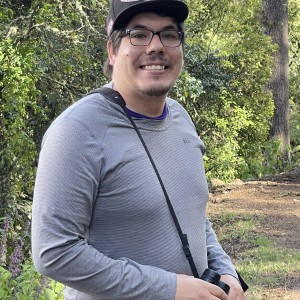
Carlos Gonzalez is a wildlife biologist from Hermosillo, Sonora, Mexico, who has been working with birds for the past fifteen years. A Mexico specialist as a lead guide, he has led trips in his home country since 2019 in the states of Sonora, Sinaloa, Nayarit, Michoacán and Oaxaca. Carlos also has experience with Arizona, California and Nevada birds, wildlife, and landscapes. He is an avid citizen-scientist, contributing regularly to iNaturalist and eBird.
Other trips with Carlos Gonzalez
Essential Information +
Pace & Protocols +
Packing List +
Suggested Reading List +
Useful Links +
Photo credits: Banners: Rancho Primavera at dawn, Steve Shunk; Gray-crowned Woodpecker, Laura Gaudette via Creative Commons; Eared Quetzal by Peg Abbott; Russett-crowned Motmot, Domnic Sherony via Creative Commons; San Juan Valley, Wilfredor via Creative Commons; Scrub Euphonia, Hans Norelius via Creative Commons. Red-headed Tanager, Steve Shunk; Berylline Hummingbird, Steve Shunk; Black-throated Magpie, Steve Shunk; La Bufa from below, Steve Shunk; Black-vented Oriole, Steve Shunk; Ferruginous Pygmy-Owl, Steve Shunk; Golden-cheeked Woodpecker, Steve Shunk; Santa Monica Ranch, Steve Shunk; Orange-breasted Bunting, Steve Shunk; Crocodile, Steve Shunk; Boy on a horse, Steve Shunk; Yellow-winged Cacique, Steve Shunk; La Tovara Sunset, Steve Shunk; Erato Heliconian, Steve Shunk; Two-barred Flasher, Steve Shunk; Tropical Kingbird, Steve Shunk; Streak-backed Oriole, Steve Shunk; Festival Boaters, Steve Shunk; Green Jay, Steve Shunk; Pale-billed Woodpecker, Steve Shunk; San Blas Jay, Steve Shunk; Red-headed Tanager, Steve Shunk; Banded Peacock, Steve Shunk; Blue-footed Booby, Steve Shunk; Clearwing, Steve Shunk; Festival Boaters, Steve Shunk; Fresh Fish, Steve Shunk; Giant Till, Steve Shunk; Green Jay, Steve Shunk; Grey-crowned Woodpecker, Steve Shunk; La Tovara Sunset, Steve Shunk; Orange-breasted Bunting, Steve Shunk; Red Bordered Pixie, Steve Shunk; San Blas Jay, Steve Shunk; San Sebastian, Steve Shunk; Tropical Kingbird, Steve Shunk







